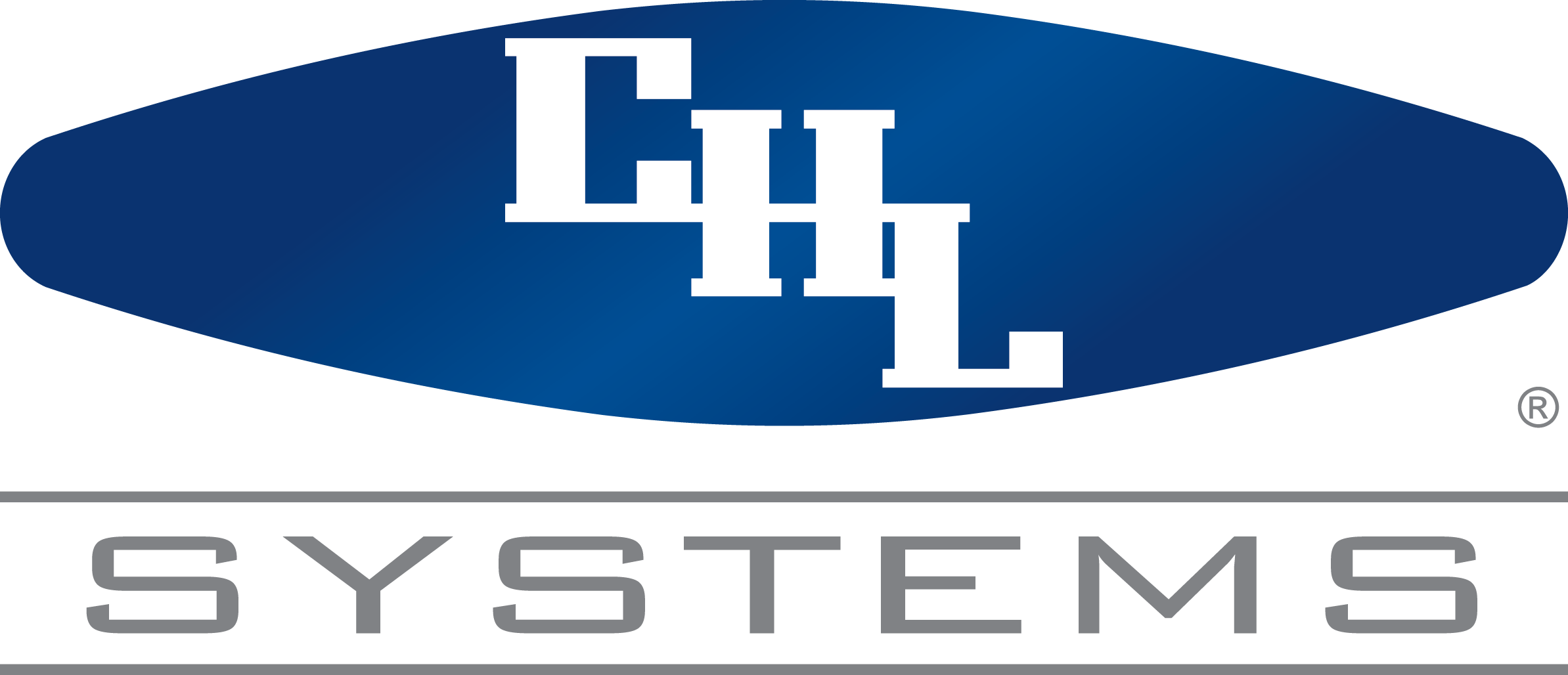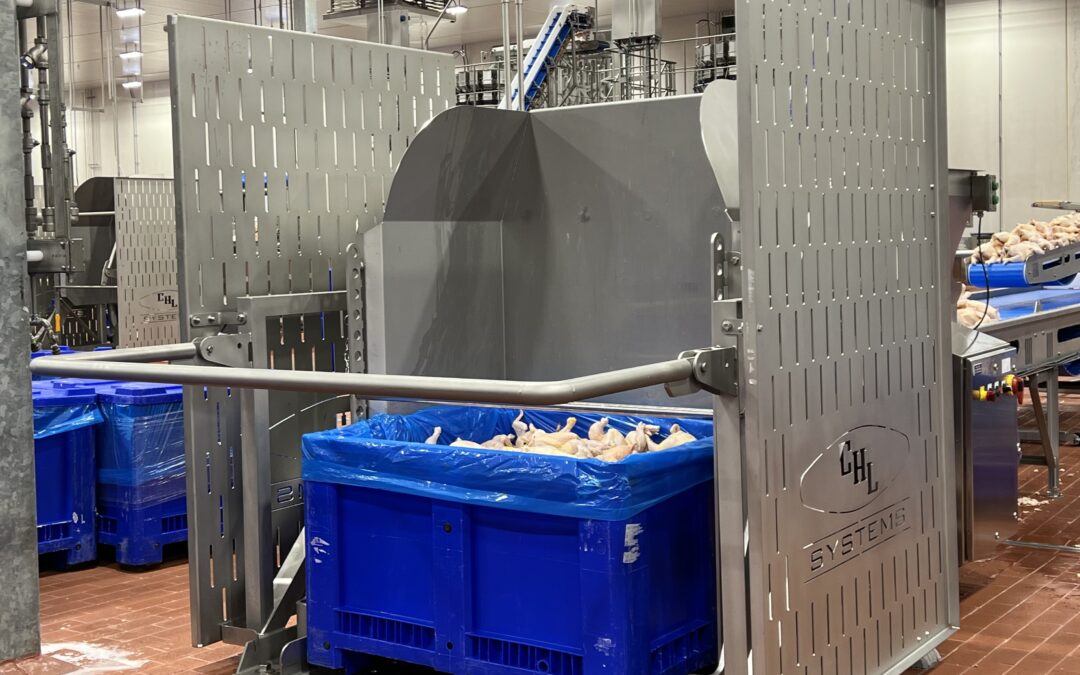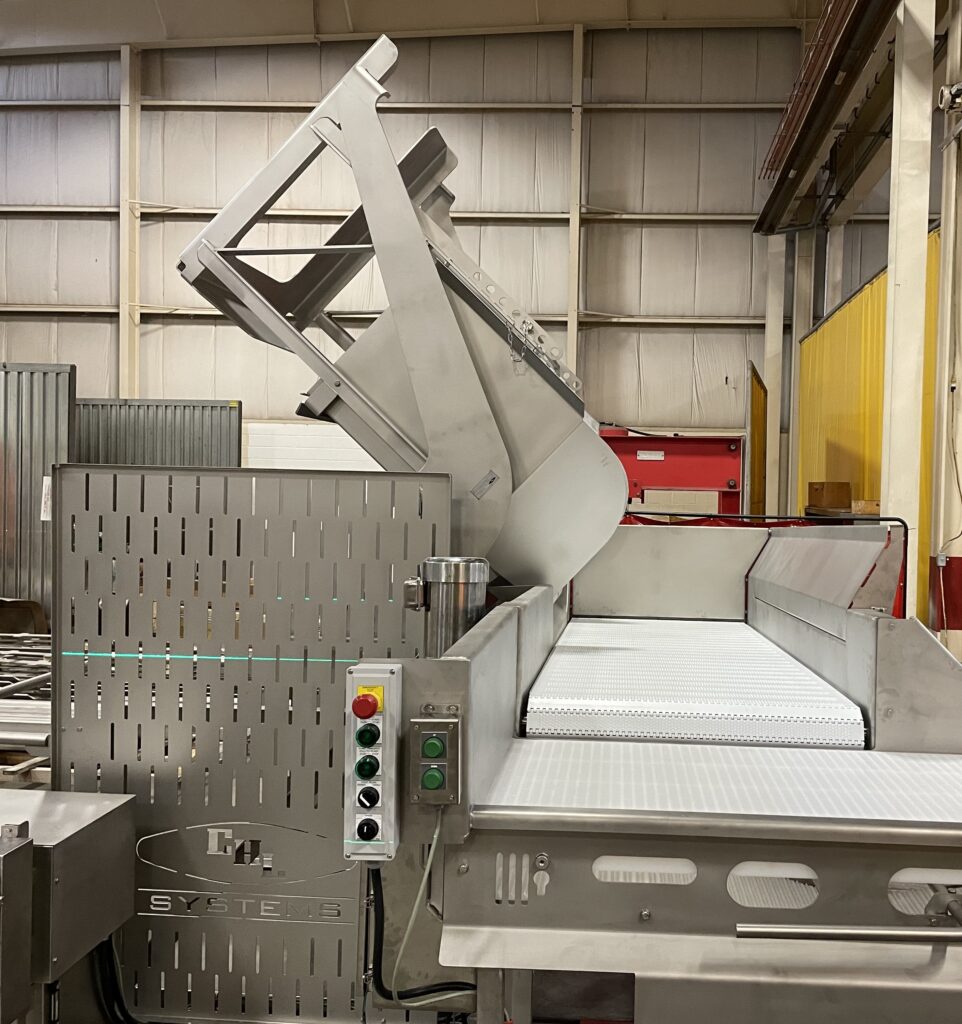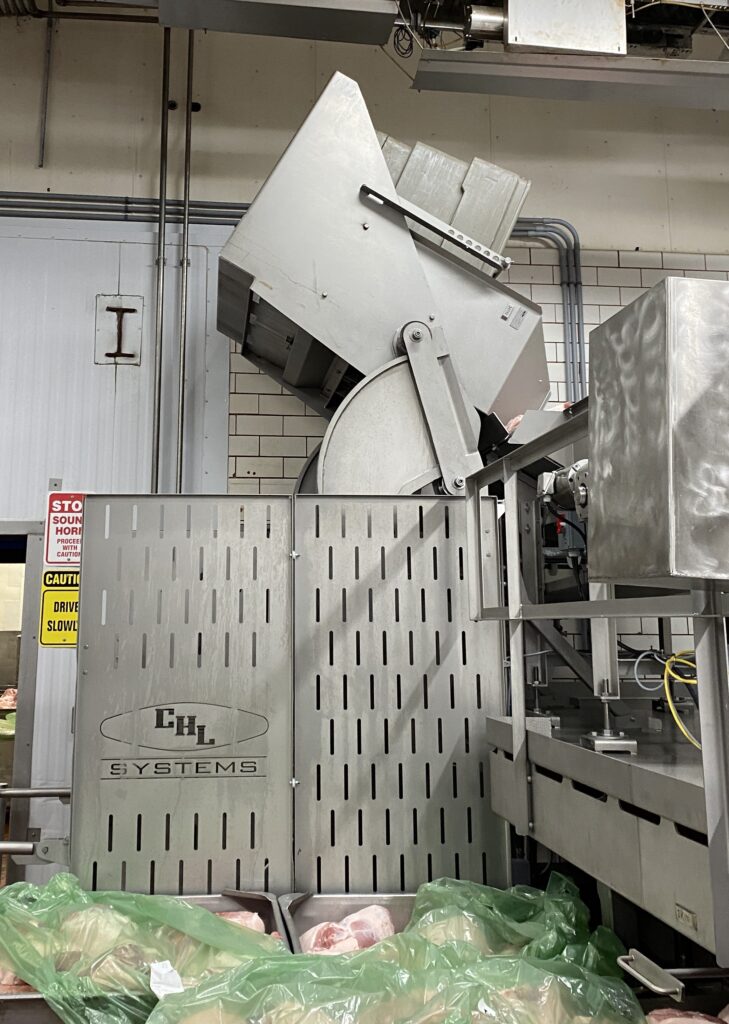What is a Dumper?
In the food processing industry, a dumper is a crucial piece of equipment that helps move and transfer bulk materials. Dumpers are designed to safely tilt or invert a large container, emptying its contents onto a conveyor belt, into a hopper or container, or directly into processing machinery.
By automating the process of lifting and dumping heavy materials, industrial dumpers increase process line efficiency and reduce the risk of injury. While a dumper may operate as a standalone piece of equipment, dumpers are often integrated with additional processing equipment to form an entire production line, making them an essential part of an efficient manufacturing process.
Types of Industrial Dumpers
Industrial dumpers come in various sizes and configurations to handle different types and volumes of materials. They can also be customized to handle various types of containers, such as bins, totes, barrels, or drums. In this post, we will explore the four most common types of dumpers used in the food processing industry and what makes each of them unique.
1. Column Dumper
The column dumper is particularly valued for its ability to operate in limited spaces. It is typically designed with a vertical guide column, along which a container is lifted. Once the container reaches the desired height, it is tilted or inverted to empty its contents.
Column dumpers are ideal for applications where there is a need to lift and dump materials at a moderate height, such as emptying ingredients into high-sided hoppers, mixers, or other elevated equipment. The column dumper’s precise control makes it indispensable for operations where delicate material handling and avoiding material spillage are critical.
In addition to their space-saving benefits, column dumpers can be customized to handle various container sizes, which adds an extra layer of versatility to their operation. Their design ensures that even when fully loaded, the bins can be lifted and tilted without the risk of tipping over, making column dumpers a safe and reliable choice for the high demands of the food processing industry.
2. Pivot Dumper
Unlike a column dumper, a pivot dumper does not lift a container significantly. Instead, it operates by pivoting or rotating a container around a fixed axis, allowing the pivoting action to dump the container’s contents. The container is usually held in a cradle or carriage and secured with a hold-down mechanism while the entire assembly pivots around a horizontal axis.
Often powered by hydraulics, pivot dumpers are among the most robust dumpers, designed to endure the rigors of heavy industrial use. Their strength makes them perfect for the food processing industry, where large volumes of ingredients must be moved quickly and efficiently.
Pivot dumpers are well-suited for applications where the container does not need to be lifted to a great height. For example, they may be used to transfer materials from one container to another or empty raw ingredients into a hopper or conveyor at or near ground level for further processing.
Like column dumpers, pivot dumpers are valued for their versatility and can be configured to suit a variety of container types, depending on the specific application. Furthermore, their simplicity in design and operation makes them easy to clean and maintain.
3. High-Lift Dumper
A high-lift dumper is designed specifically to lift a container to a significant height before dumping its contents. These dumpers use a vertical lift mechanism to raise the container to the desired height. Once the container is lifted, it is tilted or rotated to dump its contents.
Like the pivot dumper, the high-lift dumper’s robust design makes it an excellent choice for heavy-duty applications. In contrast to the pivot dumper, the high-lift dumper can raise a heavy load to a much higher elevation, achieving a greater discharge height.
Both the load capacity and discharge height of the high-lift dumper typically surpass those of a column dumper, making the high-lift dumper the go-to machine for efficiently dumping large volumes of materials into significantly elevated equipment, such as hoppers, conveyors, or processing machines that are positioned high off the ground.
4. Lift-and-Pivot Dumper
As its name suggests, the lift-and-pivot dumper combines the vertical lifting capability of a high-lift dumper with the pivoting action of a pivot dumper, allowing for both maximum discharge heights and maximum dumping control. Lift-and-pivot dumpers are both more versatile and more complex than pivot and high-lift dumpers, often including both hydraulic and electric systems.
The lift-and-pivot dumper operates by lifting a container to a certain height, then pivoting the container around a horizontal axis to dump the contents. The pivoting can happen at the same time as or after the lifting.
Like the pivot dumper and high-lift dumper, the lift-and-pivot is a high capacity dumper, well-suited to heavy-duty material handling. This dumper is particularly beneficial for applications where both the height and the angle at which the material is dumped need to be controlled. The controlled tipping of a lift-and-pivot dumper is especially beneficial in the handling of delicate items such as fruits and vegetables, where gentle lifting and pouring is necessary.
Choosing the Dumper That’s Right for You
Each type of dumper in the food processing industry plays a critical role in enhancing the efficiency and safety of production processes. By understanding these dumpers’ specific capabilities and applications, you can make informed decisions when choosing the best dumper to meet your operational needs.
Are you ready to boost the safety and efficiency of your processing line with the addition of an industrial dumper? Contact us today to discuss how CHL Systems can help you achieve your material handling goals.




